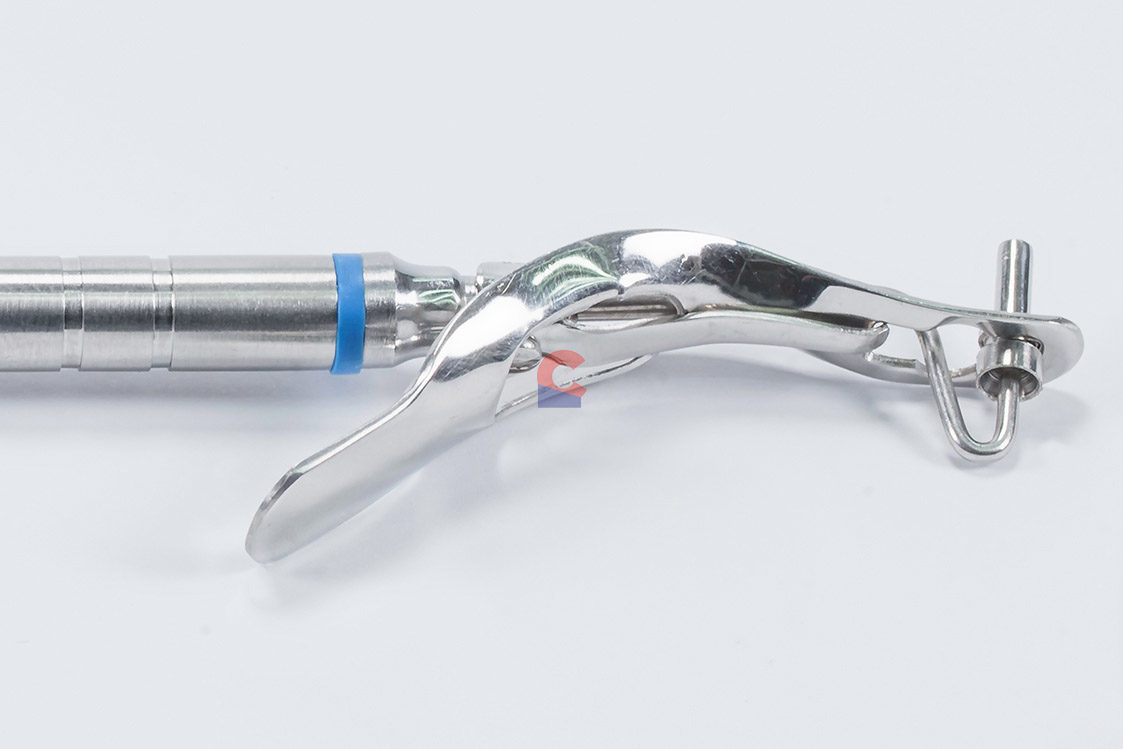In the field of dentistry, the term “carrier” holds significant importance, encompassing various tools, instruments, and techniques essential for the diagnosis, treatment, and prevention of dental conditions. From diagnostic imaging equipment to delivery systems for restorative materials, carriers play a crucial role in enhancing dental care outcomes and patient satisfaction. This article delves into the diverse applications of carriers in dentistry, exploring their types, functionalities, advancements, and the pivotal role they play in contemporary dental practice.
Introduction to Dental Carriers
Dental carriers refer to instruments, devices, or systems used by dental professionals to perform specific functions related to patient care. These tools are designed to facilitate various procedures, from the initial assessment of oral health to the delivery of therapeutic interventions. In essence, carriers in dentistry encompass a wide array of equipment and technologies that contribute to the comprehensive management of dental conditions.
SEE ALSO: How Much Is Private Dental Insurance in The UK?
Types of Carriers in Dentistry
Diagnostic Carriers
Diagnostic carriers form the foundation of accurate treatment planning in dentistry. These include:
X-ray Carriers: X-ray machines and digital imaging systems are crucial for capturing detailed images of teeth, bones, and surrounding tissues. This enables dentists to diagnose conditions such as cavities, bone loss, and impacted teeth with precision.
Intraoral Cameras: These small, handheld devices allow dentists to visualize and capture high-resolution images of the oral cavity. Intraoral cameras aid in patient education by providing clear visuals of dental issues and treatment options.
Restorative Carriers
Restorative carriers are instrumental in repairing and restoring damaged teeth and structures. They include:
Dental Handpieces: High-speed and low-speed handpieces are used for precise drilling, shaping, and polishing during various dental procedures, such as cavity preparation and polishing of restorations.
Composite Resin Delivery Systems: Cartridge-based dispensing guns and syringes are used to deliver tooth-colored composite resins for filling cavities and performing aesthetic dental restorations.
Surgical And Therapeutic Carriers
Surgical and therapeutic carriers are essential for performing surgical procedures and delivering therapeutic treatments:
Surgical Instruments: Scalpels, forceps, retractors, and other specialized instruments are used during oral surgery, periodontal procedures, and dental implant placements.
Endodontic Instruments: Files, reamers, and rotary instruments are used by endodontists to clean and shape the root canals during root canal therapy.
Preventive And Oral Hygiene Carriers
Preventive carriers aid in maintaining oral health and preventing dental diseases:
Prophylaxis Equipment: Prophylaxis angles, handpieces, and polishing cups are used for professional teeth cleaning and polishing to remove plaque, tartar, and stains.
Oral Hygiene Products: Toothbrushes, floss, interdental brushes, and oral irrigators are essential for patient education and promoting good oral hygiene practices.
Advancements in Dental Carriers
Technological advancements continue to revolutionize dental carriers, enhancing efficiency, precision, and patient comfort:
Digital Imaging: Digital radiography systems offer improved image quality, reduced radiation exposure, and instant image processing, facilitating quicker diagnosis and treatment planning.
CAD/CAM Systems: Computer-aided design/computer-aided manufacturing systems enable the fabrication of precise dental restorations, including crowns, bridges, and veneers, in a single visit.
Laser Technology: Dental lasers are used for procedures such as soft tissue surgery, cavity preparation, and teeth whitening, offering enhanced precision, minimal discomfort, and faster healing times.
3D Printing: Additive manufacturing technologies allow for the fabrication of dental models, surgical guides, and prosthetics with unparalleled accuracy and customization.
The Role of Carriers in Dental Education And Training
Carriers are integral to dental education and training programs, providing students with hands-on experience and proficiency in using essential dental tools and technologies. Dental schools and training institutions equip students with the knowledge and skills to effectively utilize diagnostic, restorative, surgical, and preventive carriers in clinical practice.
Challenges And Considerations in Using Dental Carriers
While dental carriers contribute significantly to improved patient care, several challenges and considerations must be addressed:
Cost: Acquiring and maintaining advanced dental equipment can be costly for dental practices, necessitating careful financial planning and investment.
Training: Dental professionals must undergo continuous training and education to stay updated with evolving technologies and best practices associated with dental carriers.
Maintenance: Regular maintenance and calibration of dental equipment are essential to ensure optimal performance, longevity, and patient safety.
Future Directions And Innovations in Dental Carriers
The future of dental carriers is poised for further innovation and integration of advanced technologies:
Artificial Intelligence (AI): AI-driven diagnostic tools may enhance the accuracy of dental imaging interpretation and treatment planning.
Tele-dentistry: Remote monitoring and consultation platforms may incorporate diagnostic and imaging carriers to facilitate virtual patient care.
Biocompatible Materials: Advancements in biomaterials may lead to the development of next-generation restorative carriers that offer enhanced durability and aesthetic outcomes.
Conclusion
In conclusion, carriers in dentistry encompass a wide range of instruments, devices, and systems that are indispensable to the practice of modern dentistry. From diagnostic imaging tools to advanced restorative and surgical instruments, dental carriers enable dental professionals to deliver precise, efficient, and patient-centered care. As technology continues to evolve, the role of carriers in dentistry will continue to expand, driving innovation, improving treatment outcomes, and enhancing the overall patient experience.

